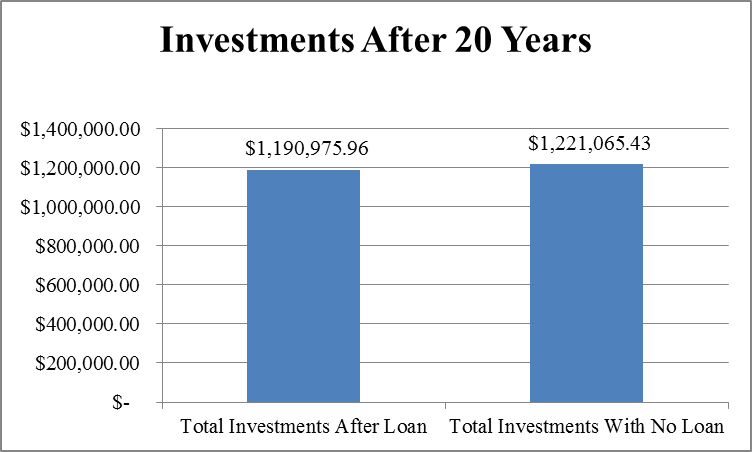Personal Finance Should I put whole 401(k) in S&P 500
Post on: 15 Апрель, 2015 No Comment

USA WEEKEND personal finance advice columnist, Robert Powell (Photo: Josh T. Reynolds for USA WEEKEND)
Veteran personal finance journalist Robert Powell answers your questions for USA WEEKEND.
Almost all the investment options in our company’s 401(k) plan, with the exception of the money market fund, dropped in value significantly during the economic downturn. We now have an index-fund option tied to the Standard & Poor’s 500 stock index that is significantly lower cost than the other funds. Would I be diversified if I put all my 401(k) money into that index fund?
— Bob Grim, Winnetka, Ill.
The short answer to the question is no, says Jerry Miccolis, the chief investment officer of Giralda Advisors and co-author of Asset Allocation for Dummies.
An investment in a Standard & Poor’s 500 stock index fund is essentially an investment in 500 of the USA’s largest publicly traded companies. And that, by itself, does not represent a diversified portfolio, he says.
Rather, it’s an investment that includes only equities and only the stocks of large domestic companies at that. What’s more, Miccolis says, it doesn’t include any portfolio diversifiers, such as bonds, real estate, commodities, small-cap stocks, international stocks and the like.
Now, if those other asset classes are covered elsewhere in your overall family portfolio (for example, your IRA or your spouse’s 401(k), IRAs, taxable investment accounts), and the purpose of this 401(k) is solely to cover the U.S. large-cap equity portion of that overall portfolio, then the investment strategy you propose is OK, says Miccolis.
Rick Ferri, founder and CEO of Portfolio Solutions, concurs with that approach. For his part, he recommends investing your 401(k) funds in the S&P 500 stock index and then investing in a Roth IRA to diversify into other asset classes. This is the most economical way to manage an overall portfolio, he says.
Of course, there’s a risk to this advice. The S&P 500 holds a great cross-section of companies doing business in the U.S.; however, it’s going to go down in value when the rest of the stock market falls, Ferri says. You’ll have to sit tight through the tough times if this strategy is going to work.
One other item for your to-do list as you consider in which options to invest. Create a blueprint for your investment or what experts refer to as an investment policy statement. An IPS is a document that tells you how to allocate your assets; how much to invest in stocks, bonds and cash given your time horizon, investment objectives and tolerance for risk. A classic asset allocation, for instance, would have you investing 60% of your money in stocks (perhaps split between large-, mid- and small-capitalization stocks), 30% in bonds (perhaps split between short-, intermediate- and long-term bonds), and 10% in cash.
If creating an IPS is too complicated a task and you’re inclined to make an emotional investment decision when the market’s become unstable, Ferri recommends splitting your money between the S&P 500 fund and a low-cost bond fund or some other fixed-income investment. This will help lower the pain in a bear market, and, if you’re really smart, it’ll give you the opportunity to buy more S&P 500 shares when stock prices are low, says Ferri.
Read more of Robert’s advice here. Submit a question below.














